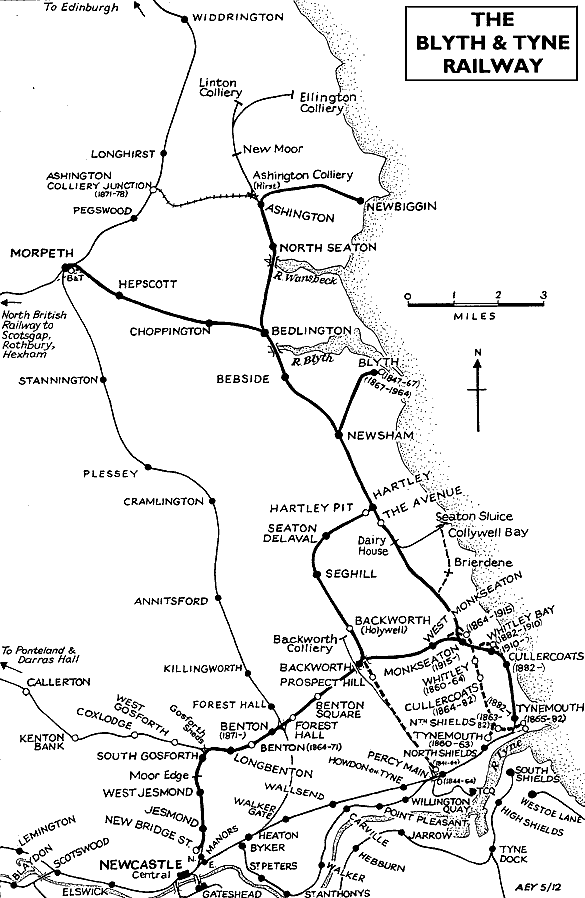
It’s March of 1963. The island of Great Britain is in the throes of its coldest winter in two decades, senior frontbench MP Harold Wilson was recently handed the reins of the Labour party, the Beatles have just released their debut album, and, somewhere in the bowels of Whitehall, Dr Richard Beeching is writing a report that will change the country’s connecting tissue forever.
Dr Beeching, you see, is the chairman of British Railways, the state-owned company in charge of rail transport, and they’re in a spot of financial trouble. British Railways are in charge of running fifteen thousand miles of track shuttling between about four and a half thousand stations, and the only way they can do that is via generous subsidies from Her Majesty’s Government — something which the governing Conservatives, as a rule, are never too happy about.
So, pen in hand, he takes a metaphorical axe to the network, marking about half of the island’s stations for closure. It’s not pleasant, but it has to be done — and, after all, people can just take the car to their nearest station if their town’s is shut.i I’m sure it won’t be too bad.

That's how, a year later, the last passenger trains ran along 5,000 miles of railway across England, Scotland, and Wales, including those connecting the mining heartland of industrial Northumberland. The Tyne and Wear Metro, opened in 1980, allowed some of these lines to reopen in Newcastle’s suburbs and (relatively) affluent coastal communities. But just a few miles north, the former Blyth and Tyne Railway has lain dormant ever since the axe fell… until now.
In recent years, the stars have aligned, and both the county council and Westminster have agreed to reopen the line, finally bringing these proud towns back together. The Blyth and Tyne Railway, now rechristened by the more attractive name of the Northumberland Line, is set to reopen by 2024. To celebrate this historic moment, i thought i’d see what has become of the stations and towns that were. I’ve identified fourteen stations, past, present, and future, along the line, and i’ll be walking between each of them in turn, seeing what stories they tell. The list includes:
- Northumberland Park, the metro station ready and waiting to become the new line’s interchange
- Backworth (the second)
- Backworth (the first), already long closed by the time the axe fell
- Seghill
- Seaton Delaval, planned for reopening
- Hartley Pit / Hartley, two old stations just metres apart
- Newsham, planned for reopening
- Blyth, on an old branch line
- Blyth Bebside, planned for reopening
- Bedlington, planned for reopening
- North Seaton, now subsumed within Ashington’s town area
- Ashington, planned for reopening
- Woodhorn, listed on early plans for reopening but mysteriously disappeared since
- Newbiggin-by-the-Sea, no longer in existence but with the route there safeguarded just in case
Won’t you join me?
Leave a comment